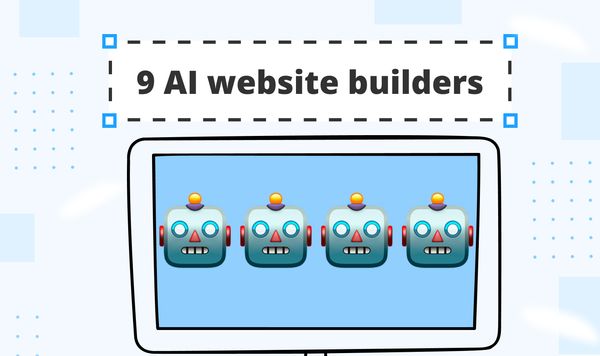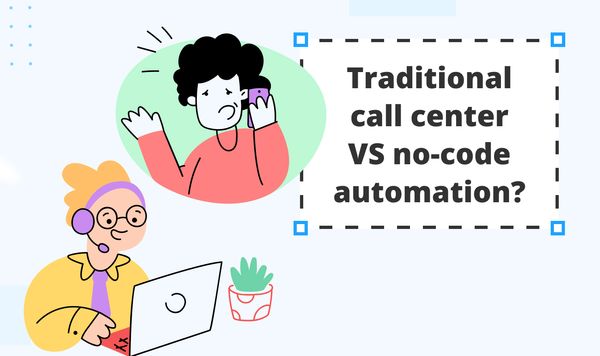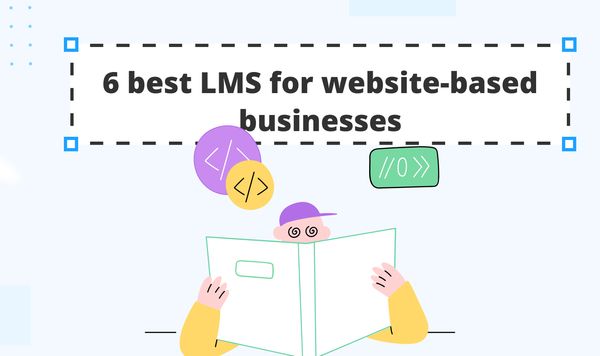How to scale your business with automation: from web development to user engagement
Managing a business is similar to juggling. You’re not just handling a few items; you’re balancing emails, websites, customer interactions, and a multitude of other responsibilities all at once. So, what do you do when you need to grow without dropping everything? You automate.
Automation is about scaling smart. In fact, businesses that automate can increase productivity by up to 40%, and 77% of marketers say automation increases their revenue. But where do you start, and how can it help with both your website and keeping users engaged?
1. Streamlining workflows: from chaos to control
Think about the last time you were buried in emails. Maybe you were waiting for approvals or constantly updating spreadsheets. It’s tiring, isn’t it? That’s not how you want to spend your day. This is where workflow automation helps. It’s like having an extra set of hands to take care of the boring tasks.
Automating those routine tasks can save you hours each week, maybe even days. Imagine how much more you could get done (or how much time you'd have to finally catch up on that book you’ve been neglecting).
Here’s what automation can tackle:
- Data entry and management: Forget copy-pasting from one spreadsheet to another. Automation tools do that for you. Tools like SpreadSimple even take it further by turning your Google Sheets into fully functional websites in just a few clicks — perfect if you’re a small business looking to grow without hiring a developer.
- Approvals and reminders: No more nagging for signatures or follow-ups. Automated workflows make sure everything keeps moving along smoothly.
- Task delegation: With set rules in place, tasks get assigned automatically, so even when you're out, things still get done.
Benefits:
- Time savings: Automation can reduce manual processes by up to 80%.
- Consistency: Processes are done the same way every time, reducing errors.
- Fewer bottlenecks: No more waiting—automation keeps things moving smoothly.
Drawbacks:
- Initial setup: It takes time and resources to set up.
- Over-reliance on tech: Not everything should be automated—some tasks still need a personal touch.
2. Automating customer support: beyond chatbots and FAQs
Customer support is super important, but it can easily eat up a ton of time. You’ve probably had to answer the same questions over and over again like“Where’s my order?” or “How do I reset my password?”. These repetitive tasks can really slow things down. That’s where automation comes in. It handles these routine questions quickly and efficiently, while still giving your customers a personal touch.
Today, support automation goes beyond simple chatbots. You can use self-service options that let customers find answers on their own. You can use tools like interactive FAQs, AI assistants, or systems that know when to pass an issue to a human. These help your customers get quick answers without the hassle.
For example, customers can easily track their orders, check delivery timelines, or apply discounts by using visual guides, videos, or interactive stories. Tools like InAppStory take this even further. You can add personalized in-app stories that not only answer common questions but also keep users engaged with a visual format. This helps your team by reducing the support load and empowers your customers to solve problems on their own.
Pro tip: After helping a customer, set up an automatic follow-up survey to get their feedback. It’s an easy way to find out what’s working and what needs tweaking. You can use tools like SurveyMonkey or Typeform to send these out, and they’ll even feel personal — without you lifting a finger.
3. Automating sales and marketing: let the data do the heavy lifting
Looking to boost your sales? Start by splitting your audience into smaller groups based on their interests and how they engage with your brand. From there, let automation take over. It can send the right emails or offers at just the right moment, which makes it easier to turn potential customers into buyers.
Keep an eye on what your customers are doing, too. If someone keeps looking at a product, why not have an automated system send them a discount code to sweeten the deal? And to keep things engaging, use personalized content like stories or in-app messages — so it feels personal, and you don’t have to handle everything yourself.
Pro tips:
- Start small: Automate campaigns for key customer segments first, then expand.
- Test and optimize: Regularly A/B test your campaigns for better results.
Benefits:
- Scalable personalization: Tailor messages to a large audience without extra effort.
- Informed decisions: Real-time data helps refine your strategy.
Drawbacks:
- Over-automation: Too many messages can overwhelm customers.
- Complex setup: Automation requires careful planning and setup time.
4. Finding the right balance in automation
Well, it’s tempting to think automation can do everything for you (and honestly, it does a lot), but it appears to be not a magic wand. According to industry experts, companies that strategically balance automation with personal touches see significantly higher retention rates compared to those that rely purely on automated interactions.
Pro tips:
- Don’t automate everything: While automation is great for scaling repetitive tasks, keep key interactions human. For instance, automated emails are helpful, but live calls for big-ticket items or VIP customers can make a world of difference.
- Measure what matters: Use analytics to track your automation strategies. If something isn’t working, such as too many email campaigns, adjust your tools. Make changes as needed. Focus on the metrics that matter like customer satisfaction, engagement, and conversions.
- Combine automation with personalization: Automation works best when paired with personalized content. Automation shines when paired with personalized content. With InAppStory, you can easily integrate custom, dynamic elements into your app, such as interactive stories, gamification features, and widgets. These tools create engaging and visually appealing experiences for each user. Best of all, you don't have to do it manually.
Final thoughts: keep the best, automate the rest
Automating parts of your business helps you grow. It saves time and cuts down on mistakes. You can simplify workflows, improve customer support, and handle marketing campaigns. So, the right tools can really elevate your business.
Remember that automation isn’t meant to replace people. Instead, it should empower them. Automate the repetitive tasks. Focus on what you do best. Run a business that people appreciate.



